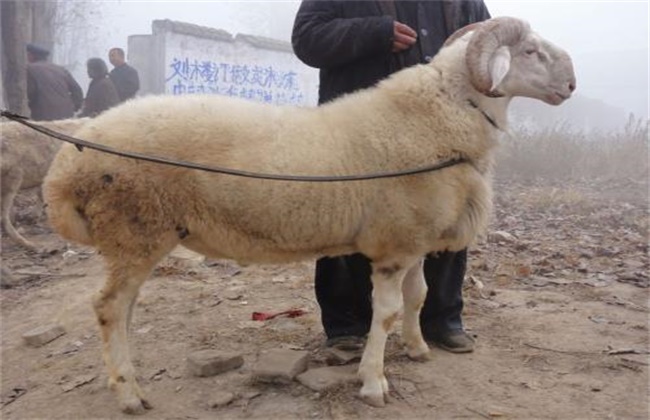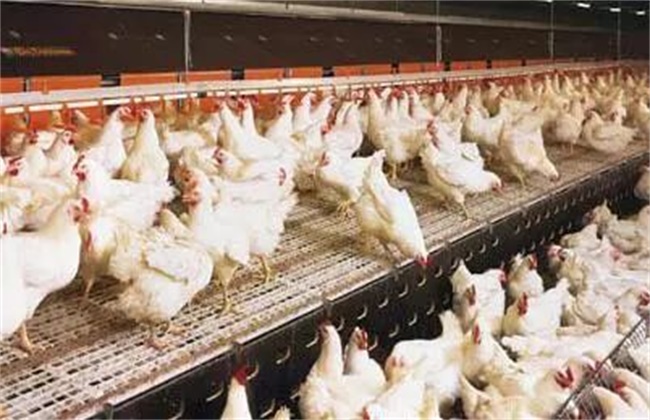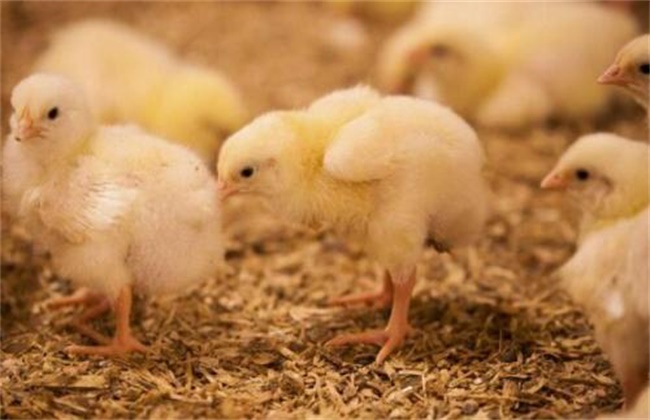Key points of feeding and management of breeder ram
When raising sheep, we need to do a good job in feeding and management according to the different nature of sheep. Among them, the breeding ram, which needs to be paid attention to, is the key factor to ensure the normal and sustainable development of sheep breeding. Therefore, when we raise sheep, we must do a good job in the breeding and management of rams. So how to raise and manage the breeding ram? Today, the editor has brought you the main points of breeding and management of ram. Let's take a look at it.

1. Management of non-mating period
During the management of non-mating period, the breeding ram is mainly carried out by grazing and house feeding. Sheep sheds that breed rams should be well ventilated, non-humid and well-lit. Provide at least 5 square meters of growth space for each breeder ram, and then be equipped with a sports ground large enough. Breeding rams should be raised and grazed separately, and it must not be mixed with ewes, otherwise it will lead to a decline in the reproductive performance of rams. Then we should also pay attention to the control of feed, in which rough feeding should be dominated by wild hay such as alfalfa hay. Fine feeding is mainly corn and bean cake, and can not be fed with cottonseed shell and other feed. Then it is necessary to maintain adequate drinking water, let the breeder ram exercise properly and maintain a proper body condition.
2.Prophase management of mating.
When the breeding ram begins to mate for one month to one and a half months, it is the preparatory period for breeding ram. At this stage of breeding ram, the demand for feed will be greatly increased, especially precision feeding. Therefore, after entering the early stage of breeding ram, we should appropriately increase the amount of fine feeding. In the early and middle stages, the daily feeding should reach about 60% of the mating period. Then in the late stage of mating preparation, the daily feed should be kept at the level of the mating period. And at this time, the breeding ram should collect semen every three days or so, mainly in order to eliminate dead semen.
3. Management of mating period
After the breeding ram has officially entered the mating period, it is necessary to start feeding mixed concentrate every day, and its dosage is kept at about two jin. It is made of corn, oil dregs and wheat bran. Then pay attention to rough feeding, alfalfa and other hay to maintain the amount of about 2000 grams, with the right amount of carrots. If there are conditions, then you can also feed an egg. Rough feeding and concentrate feeding are fed about twice a day, and then maintain an adequate amount of water. And the activity of breeding rams should be increased appropriately, and the activity time should be kept at about two hours every day.
4. Management of mating peak period
During the peak period of mating, the consumption of breeding ram is very large. Therefore, we should appropriately raise the standard of concentrate, and the feeding amount of concentrate should be kept at about 1.3kg. The feeding amount of hay can remain the same, but the amount of bone meal and salt can be increased appropriately under certain conditions. After the end of mating, the breeding ram was mainly raised to restore. To gradually reduce the amount of daily feeding, but not too fast, step by step, let it gradually reach the normal level.
The above is a brief introduction to the main points of breeding and management of rams. That's all for today's introduction. This article is for reference only. I hope it can help you all.
Related
- On the eggshell is a badge full of pride. British Poultry Egg Market and Consumer observation
- British study: 72% of Britons are willing to buy native eggs raised by insects
- Guidelines for friendly egg production revised the increase of space in chicken sheds can not be forced to change feathers and lay eggs.
- Risk of delay in customs clearance Australia suspends lobster exports to China
- Pig semen-the Vector of virus Transmission (4)
- Pig semen-the Vector of virus Transmission (3)
- Five common causes of difficult control of classical swine fever in clinic and their countermeasures
- Foot-and-mouth disease is the most effective way to prevent it!
- PED is the number one killer of piglets and has to be guarded against in autumn and winter.
- What is "yellow fat pig"? Have you ever heard the pig collector talk about "yellow fat pig"?



